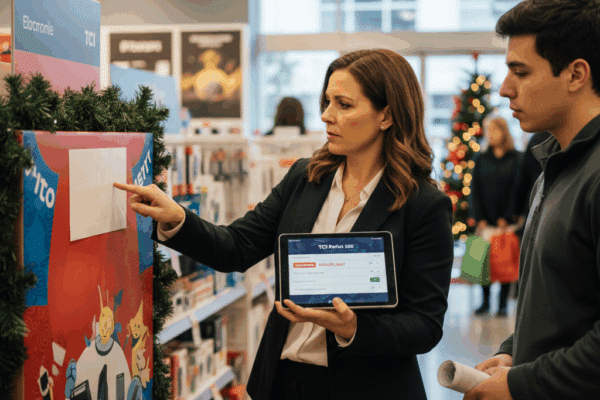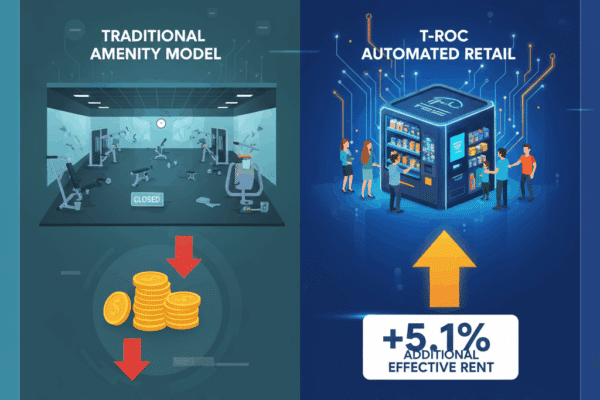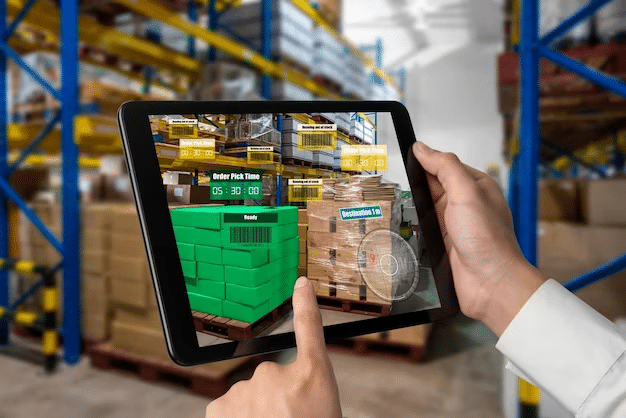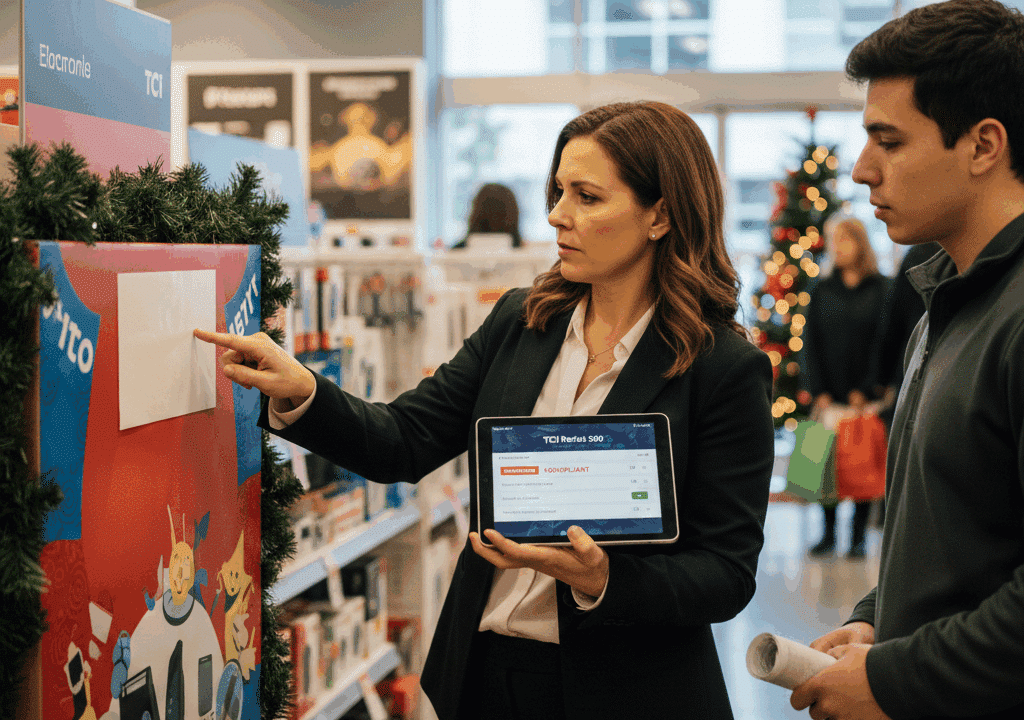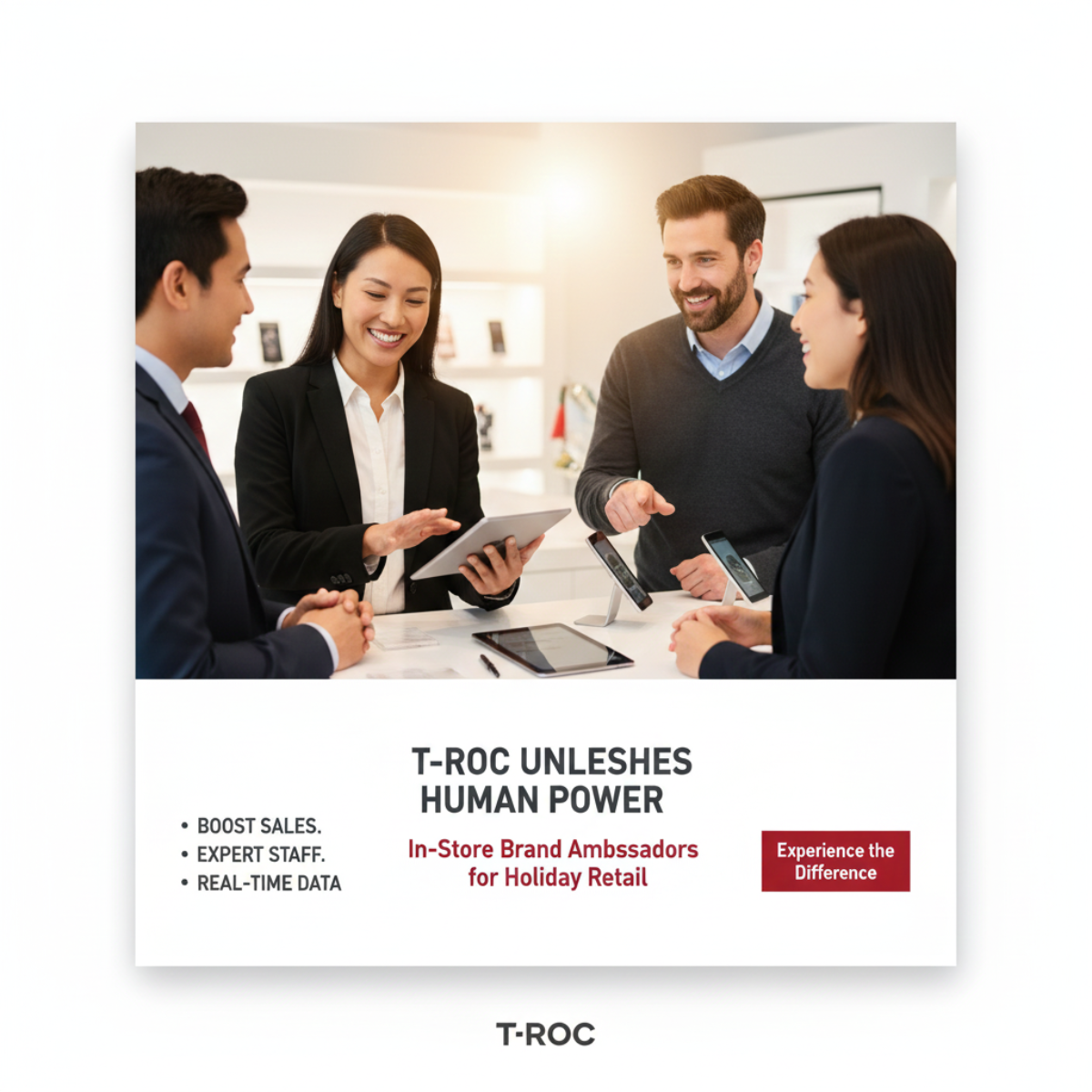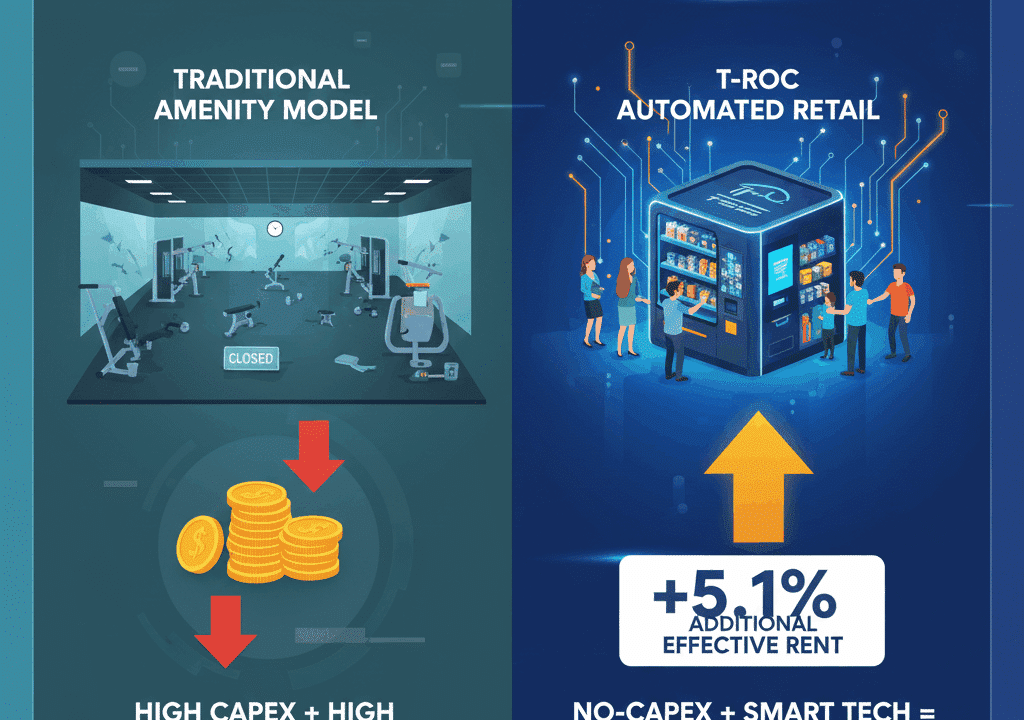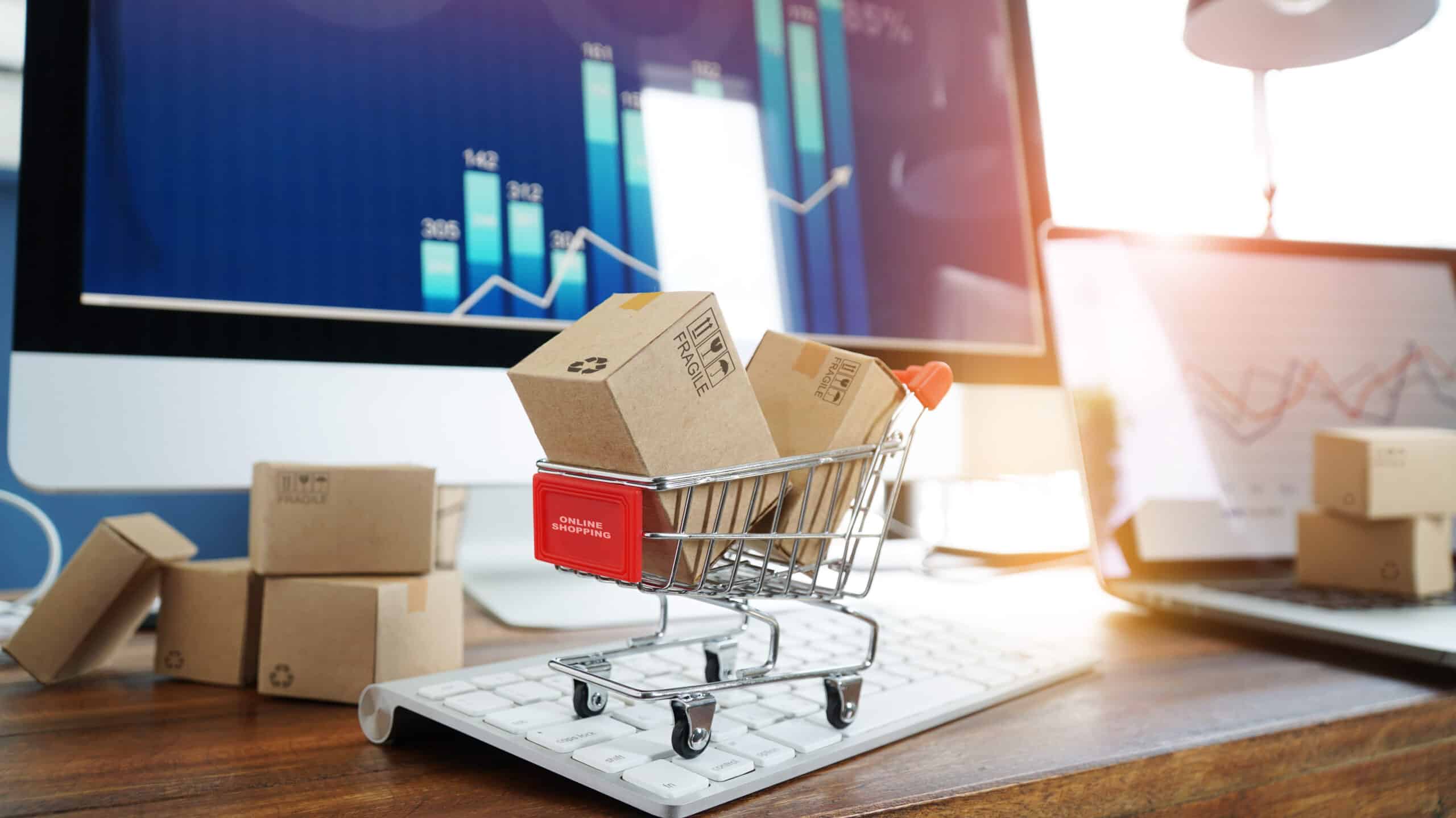
How to Analyze Retail Sales Data
Benefits of Retail Analytics
Retail sales data analytics is the bedrock of any effective retail business strategy. Sales metrics, inventory records, customer history, industry trends, and other data are collected and analyzed to yield in-depth reporting on the business and its place in the market. This information is invaluable when making strategic decisions around price setting, inventory stock, customer acquisition, and much more.
How to analyze retail sales data
Companies use a variety of powerful methods and technology to create useful reporting that will inform their decision-making. There are four primary methodologies used to analyze retail sales data. Retail businesses may use any combination of these methods to give them the insights they need to succeed.
- Descriptive Analytics in Retail – This analytic process takes sales, merchandise, digital traffic, and other data to produce breakdowns of sales trends and business history in the retail space. Descriptive analytics is helpful in getting a clear picture of what has been unfolding across a company’s retail spaces, both online and in-person. It is also the cornerstone of other analytic types that can use its comprehensive reporting to develop more complex analyses.
- Diagnostic Analytics in Retail – This type of retail analytic method takes descriptive analytics a step further. Instead of just describing what has happened, it shows you why specific trends are unfolding with your customer base. Using sales data, diagnostic analytics connects the dots between various data points and helps companies understand the motivation and reasoning behind specific actions and results.
- Predictive Analytics in Retail – As the name suggests, predictive retail analytics is a powerful tool that utilizes cutting-edge technology to reveal what trends a company may expect to see. It can help businesses understand where a market is going and customers’ upcoming demands or preferences. You can imagine how helpful this information is when developing retail business strategies.
- Prescriptive Analytics in Retail – Prescriptive analytics is the most complex and powerful analytic method widely used by businesses. It uses the previous analytics technology to create an outline of what choices a company should make. Businesses receive valuable insights and advice that can assist in making informed retail strategy decisions.
Using the right tools to dig into historical data
A business can choose from a few different tools when analyzing retail industry data. Many companies employ a mix of all the tools at their disposal to create the most thorough reporting and insights possible. Others utilize a single useful tool to dig into information behind specific trends or issues.
- Sales Forecasting – As described in the information about predictive analytics, it is possible to use historical data analysis to forecast potential trends, changes, or actions a business may see in the future. This information is vital to any company creating strategies and taking action that will affect their brand’s future. Without an idea of what may happen in the next quarter, year, or beyond, businesses are flying blind with no solid information to formulate a strategy.
- Predictive sales forecasting prevents retailers from over-ordering lots of products that won’t sell or neglecting to stock products that will be in high demand. This means greater sales, lower losses, and more overall success and efficiency for any brand in the retail industry.
- Use Example: A local candle company is ordering supplies to make their holiday candle staples. They decided they should make and stock primarily unscented candles because those sold quite well last holiday season. Unfortunately, this year scented candles were in high demand from consumers. Because the business had only a few scented candles in stock, they missed out on many potential sales.
- Overall, forecast sales could have been incredibly useful for this retailer. They could have made significant sales if they had known via predictive retail analysis to expect a large demand for scented candles. They also would have avoided selling the excess unscented candles at a reduced price. Any retail company that wants to be successful needs sales forecasting tools to reliably make the best possible strategic decisions.
- Demand Forecasting – Demand forecasting is the next step after sales forecasting. Instead of simply telling a company which of their inventory is likely to sell more than others, this more complex technology can actually predict upcoming trends. By alerting a business of changes in demand, retail brands are empowered to make informed decisions about market expansion, inventory changes, and industry trends.
- Because this type of information is more complicated to predict, there is lower overall accuracy. However, demand forecasting technology is still remarkably accurate and incredibly useful in the retail industry. Businesses that invest in quality demand forecasting and use it to support future strategy decisions are more likely to meet market demand and experience more significant growth.
- Use Example : A publishing company is choosing what books to publish in the next quarter. They decide because true crime is selling well now, they’ll offer contracts for and print many units of crime novels. Unfortunately, young adult fantasy novels became the next big hit, and they lost sales on their true crime investment.
- A demand forecasting report could have warned them that young adult fantasy would take over the market. They would have saved wasted money from being spent on true crime novels and could have enjoyed massive profits from YA fantasy sales. Demand forecasting allows retailers to predict and meet demand with greater numbers of variables than a simple sales forecast based on inventory data.It is a must-have for any competitive brand.
- Unified Advanced Retail Analytics – Unified advanced retail analytic tools merge the predictive analytics we’ve already covered and use advanced data functionality to create highly detailed reports. This complex technology can not only predict sales and market changes but also use pricing, customer satisfaction and demand, sales reporting, and even weather to create a highly accurate and in-depth picture of a retail business’s past, present, and future.
- Even more helpful are the simulation capabilities provided by unified advanced retail analytic tools. This technology allows companies to see what would happen if they changed the price of an item, expanded store hours, diversified inventory, or made any number of other changes. Retail businesses can see the effects any strategy will have on their company as a whole, allowing for highly effective and targeted planning.
- Use Example – There are endless examples of unified advanced retail analytic uses. A makeup store could use this analytic capability to decide how many employees to schedule on the weekend, how much eyeliner to order, or what a 20% off discount on deep conditioners that weekend will do to their bottom line.
- Unified advanced retail analytic technology takes the risk factor and guesswork out of many day-to-day retail strategy choices. While the results are not always completely accurate, they provide an incredibly helpful picture of what results can be expended and achieved from almost any action. This advanced analysis method transforms the efficiency and effectiveness of any retail brand.
Creating Reports
The reporting offered by different analysis tools will vary, but a few primary categories are often helpful when making retail sales decisions.
- Merchandising and Marketing
- Corporate Planning and Performance Management
- Customer Data Analysis
- Retail Analytics Data Mining
- Inventory Management
- Product Performance
- Promotion Effectiveness
- Sales Reports
- Sell-Through Report
- Wholesale
- Consumer
- Customer Order
Sales trends to look out for
Industry-specific sales trends are of the utmost importance and can yield the best results when utilized in a retail strategy. However, outside of the specific sales trend reporting provided by predictive retail analysis tools, there are some general retail trends that hold true throughout most industries and may be important to keep an eye on.
- Online Shopping – Even for primarily brick-and-mortar retailers, online shopping has continued to grow in popularity. Many retail brands report the bulk of their sales coming from online shoppers, and companies who choose not to offer online sales options lose more and more revenue each year. If your company is not optimized for online commerce, you may want to reevaluate your sales strategy.
- Express Shipping – Thanks to retail behemoths like Amazon, customers are beginning to expect two-day shipping or less on their orders. Many companies have seen significant growth in online sales after offering express shipping options. Free or discounted shipping is also a popular perk for shoppers.
- Omnichannel and Hybrid Models – Omnichannel shopping channels help retail stores stay popular in the online marketplace. Many consumers appreciate the option to buy online and pick in-store (BOPIS) or the option to return merchandise to an in-person retailer.
How to gain a competitive advantage through data visualization?
The market is constantly evolving and growing. Your competitors have access to many of the same tools you do and can easily outpace your business if you’re not careful to keep up-to-date on current trends and technology. Make sure you maintain a competitive edge by utilizing the most sophisticated and insight-heavy retail data analytics tools available to you. Most analytic software offers data visualization and mapping capabilities that can help any retailer gain a deeper understanding of their customers, market, and performance.
FAQS:
How do you analyze sales data?
A business can choose from a few different tools when analyzing data. Sales forecasting, demand forecasting, and unified advanced retail analysis are popular tools that help companies better understand their metrics.
What is retail data analysis?
Retail sales data analytics is the bedrock of any effective retail business strategy. Sales metrics, inventory records, customer history, industry trends, and other data are collected and analyzed to yield in-depth reporting on the business and its place in the market.
How do you analyze a retail store?
Companies use a variety of powerful methods and technologies to create useful reporting that will inform their decision-making. There are four primary methodologies used to analyze retail historical sales data including: descriptive, diagnostic, predictive, and prescriptive analysis.


